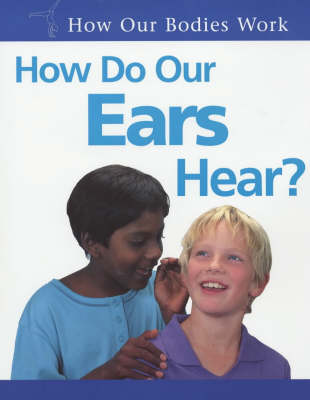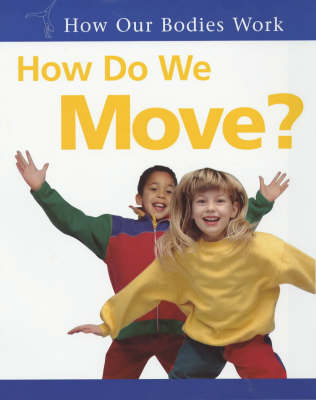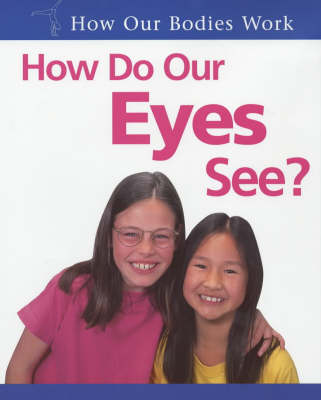How Our Bodies Work
6 total works
This title explores the human ear and its ability to provide information about the world around us. It looks at the eardrum and inner ear translate sound vibrations into messages for the brain and uses simple, practical activities to investigate sound, pitch and volume. Also gives advice on looking after your ears and provides information about deafness.
This title explores the senses of taste and smell and looks at how they provide information about the world around us. It looks at how taste buds and smell receptors send messages to the brain and uses simple, practical activities to detect different tastes on the tongue and make the link between taste and smell. Also looks at animal senses and what happens when you have a cold.
This title explores the skeleton and muscles and their role in enabling us to move. It looks at how bones are formed and how they fit together to form the skeleton. Simple, practical activities investigate how muscles move bones, and advice is given on how to keep muscles strong and supple.
This title explores the human eye and its ability to provide information about the world about us. It looks at how light travels through the eye and where in the eye images are seen. Simple, practical activities explain how we see in the dark and why we need two eyes to judge distance and shape. Gives advice on looking after your eyes and provides information about blindness.
This title explores the human brain and its ability to provide information about the world around us. It looks at how messages from the eyes and ears travel to the brain and then to the muscles. Simple, practical activities explain how reflex actions and memory work.





